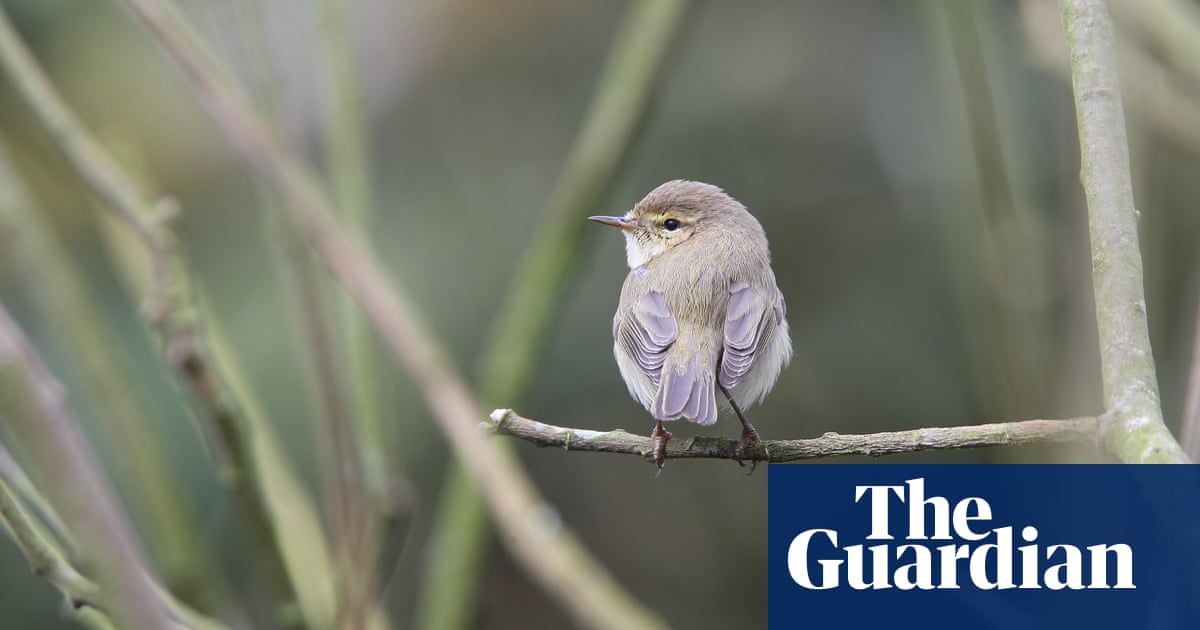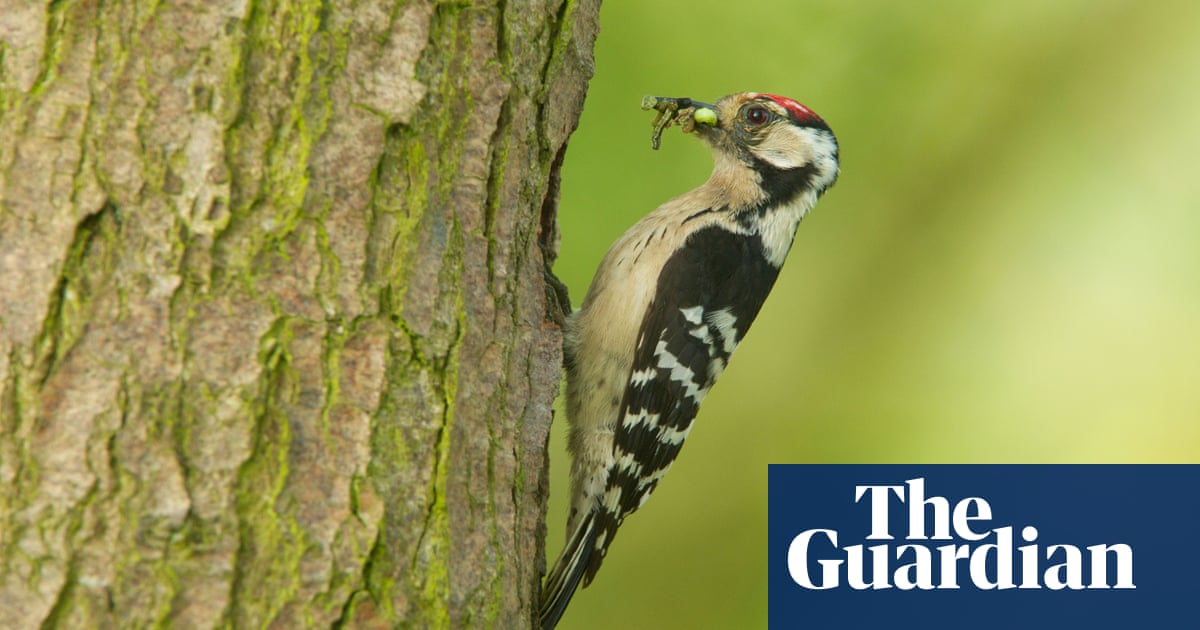
Thousands of oysters released into the Firth of Forth appear to be thriving again after a century-long absence from the Scottish estuary since they were lost to overfishing.
Marine experts from Heriot-Watt University who have helped reintroduce about 30,000 European flat oysters to the estuary said divers and underwater cameras showed they were doing well.
The Firth of Forth was once home to one of the largest native European oyster reefs in the north-east Atlantic, yielding up to 30 million oysters a year during the 1800s, but by the beginning of the 1900s they had been fished to local extinction.
Those reintroduced through the Restoration Forth project, which is also planting 4 hectares of seagrass, have so far had an 85% survival rate.
Naomi Arnold, the Restoration Forth project manager from WWF Scotland, said they were “delighted by the early signs of success”.
“This is down to the hard work of not only the staff involved but the hundreds of volunteers who have turned out in all weathers to help us prepare the oysters for deployment and to physically put them in the water,” she said. “This is a key milestone in our project. With this success and the amount we have learned, things are looking very positive for future restoration in the area.”
Since September last year, about 30,000 oysters have been reintroduced at four sites that are being monitored regularly. Edinburgh Shoreline, Fife Coast and Countryside Trust, the Marine Conservation Society, Project Seagrass and the WWF are among those involved in the project.
It has been 100 years since oysters were last present in the estuary. Oysters from the Forth were once transported across the UK and Europe, both for consumption and to restock beds elsewhere. But the pressure of this activity led to the complete collapse of the reefs in the estuary, and the oysters disappeared.
Naomi Kennon, a Heriot-Watt research associate for the project, said: “Over the next year we hope to see these oysters continue to thrive and to start to enhance the biodiversity on the seabed. Oysters enhance water quality through filter feeding, store carbon and enhance biodiversity by creating a complex habitat providing homes and shelter for countless other organisms.”
Those involved hailed the mammoth community effort that had gone into getting the oysters released, with a community engagement and citizen science scheme helping to educate people about their importance.
Anna Inman, a shellfish engagement officer at the Marine Conservation Society, said: “The community support for oyster restoration has been incredible. This achievement is a testament to the dedication of all the volunteers who have generously given their time.
“The project not only aims to revive marine life but also highlights the cultural heritage of oysters and emphasises our collective responsibility to restore and protect our seas for future generations.”












